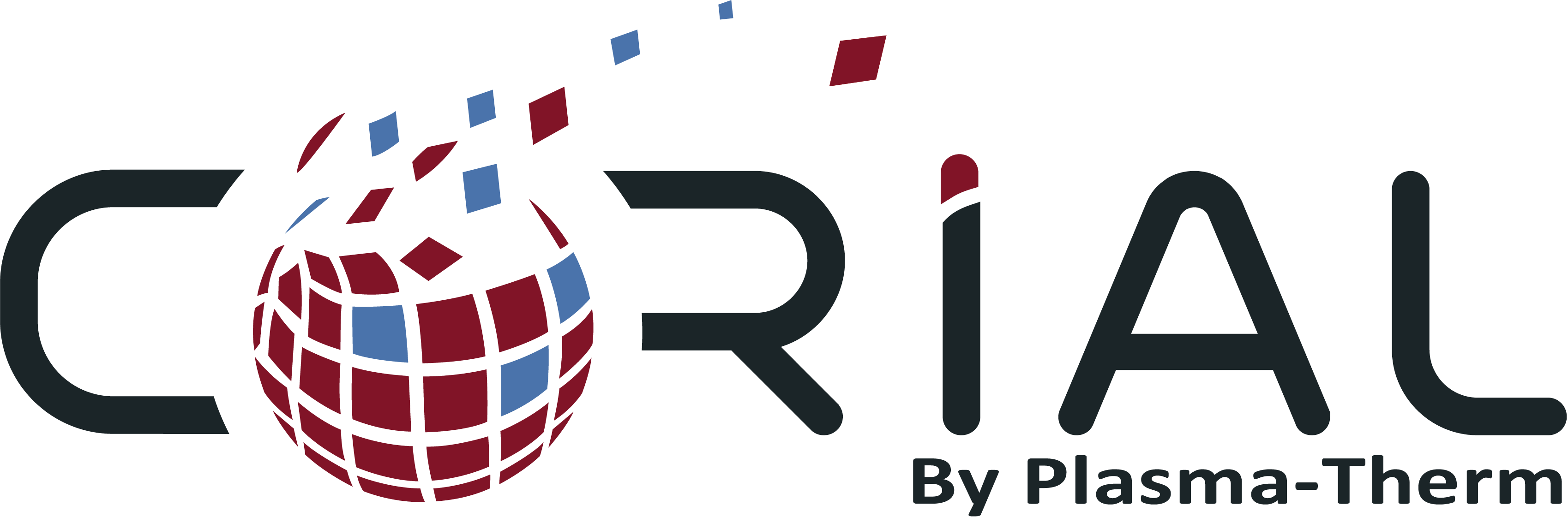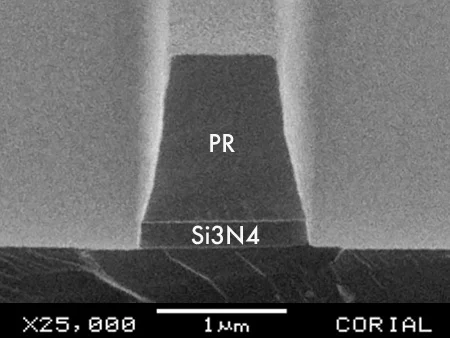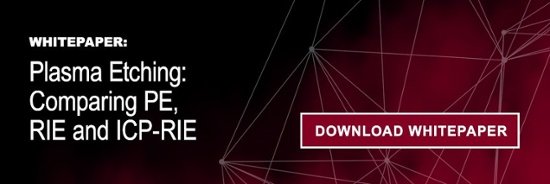Inductively Coupled Plasma (ICP) etching provides the benefit of nearly independent control of chemical and physical contributions to the etching process. The ICP provides the primary input of energy for creating reactive species and ions. A Radio-Frequency (RF) bias on the substrate electrode imparts the means for controlling the ions’ acceleration and the physical aspect of the etching. Understanding how this bias is created, measured, and its effect on the process helps process development efforts.What is DC Bias?
Direct Current (DC) Bias is generated due to the difference in mobility between electrons and ions in a plasma. Electrons, with their low mass, respond quickly to RF fields. The resulting fast electron flow to surfaces prevents that surface from acquiring any positive voltage. With an electrode in a capacitively coupled configuration, the result is an offset RF waveform and a net negative dc bias. This negative dc bias is created on the (wafer) surface in contact with the plasma. The voltage difference between the plasma and the wafer surface accelerates positive ions to the surface which affects many features of the etch process, e.g. anisotropy, selectivity, etch rate.
Measuring DC Bias
When the wafer is a good electrical conductor and is in contact with the electrode, then the same dc voltage is also present on the electrode. This electrode voltage can be measured and is useful in characterizing the process. However, if the substrate is a poor conductor or a dielectric material then the voltage present on the electrode will be different than that on the substrate. Such situations occur, for example, with silicon wafers coated with oxide and with sapphire or quartz substrates. In these cases the measured dc voltage on the electrode is no longer a useful measurement, and will change in an unpredictable manner with minor changes in substrate characteristics (e.g. substrate thickness, thickness of oxide layer).
Effectiveness Factors for DC Bias
To be an effective diagnostic tool, the dc bias for a particular process should be measured using a bare silicon wafer (no oxide coating), and this value used as a reference for that process. Even more useful, is to measure the bias over a range of ICP and RIE power around the actual process parameters. As a check for process repeatability, this procedure can be repeated as part of the process set-up procedure. The displayed value of dc bias may be different when an actual device wafer is processed.
The magnitude of the dc bias is primarily a function of rf power but is also influenced by many other factors such as grounded areas, pressure, and chemical species present. Since the power setting is independent of the substrate and these other factors it is a reliable measure for process development.
To learn more, download our whitepaper comparing Plasma Etching technology: PE, RIE, and ICP-RIE.






